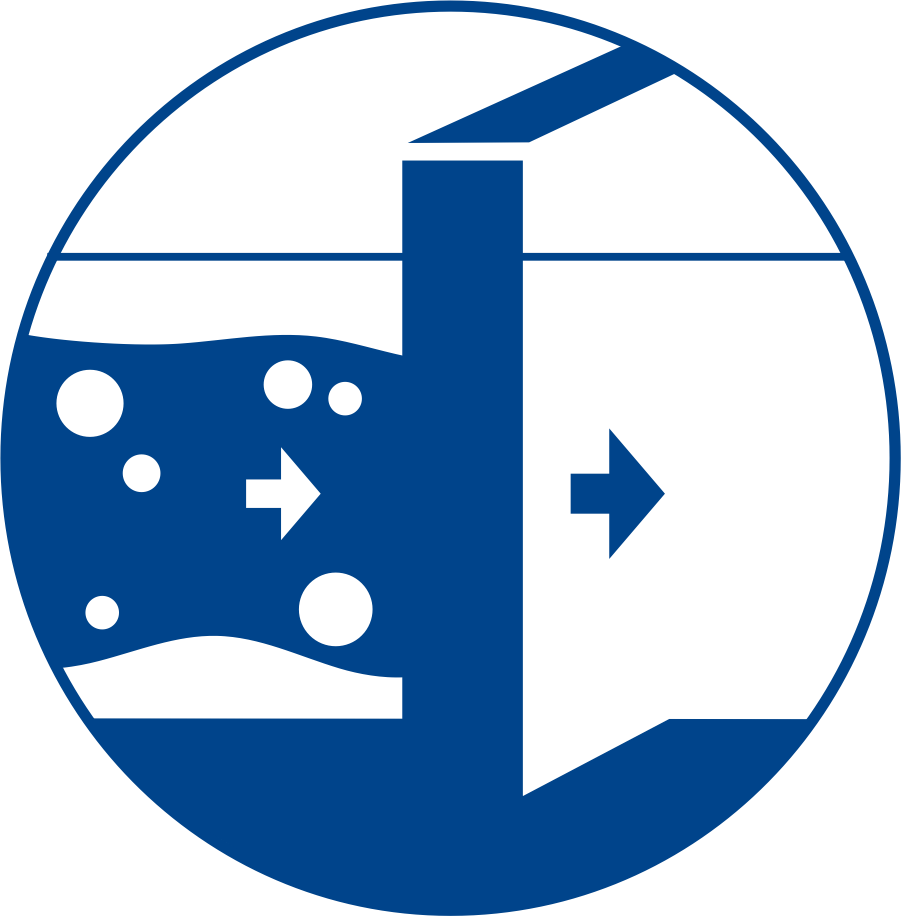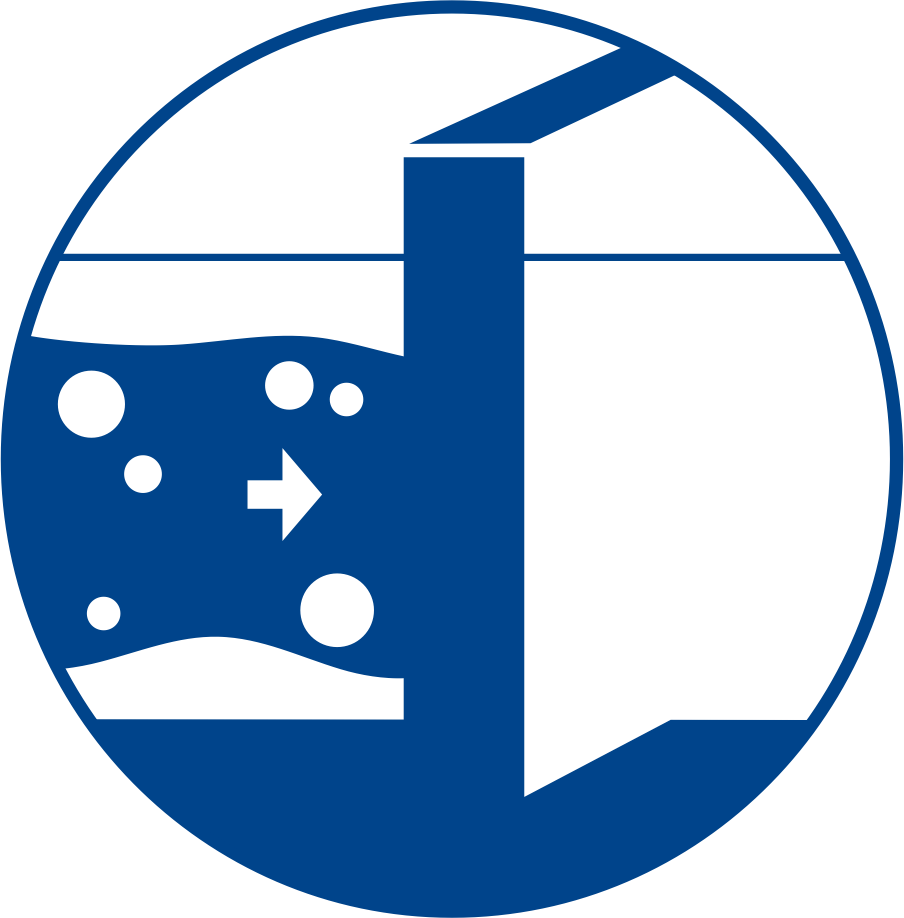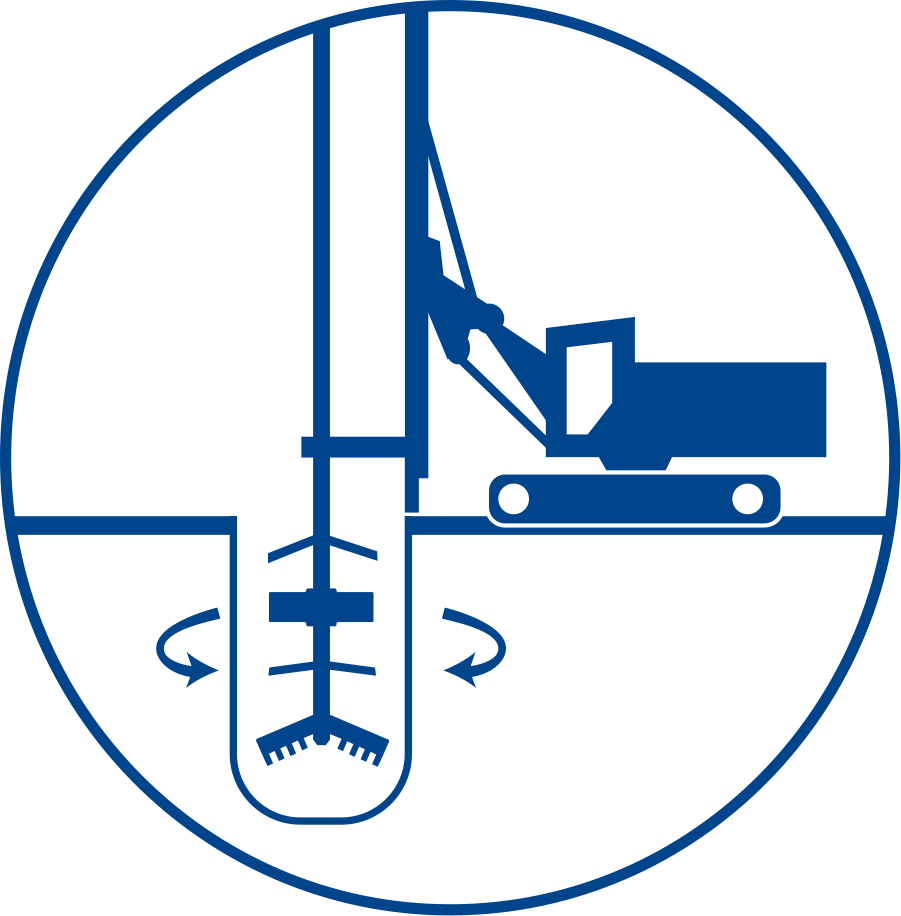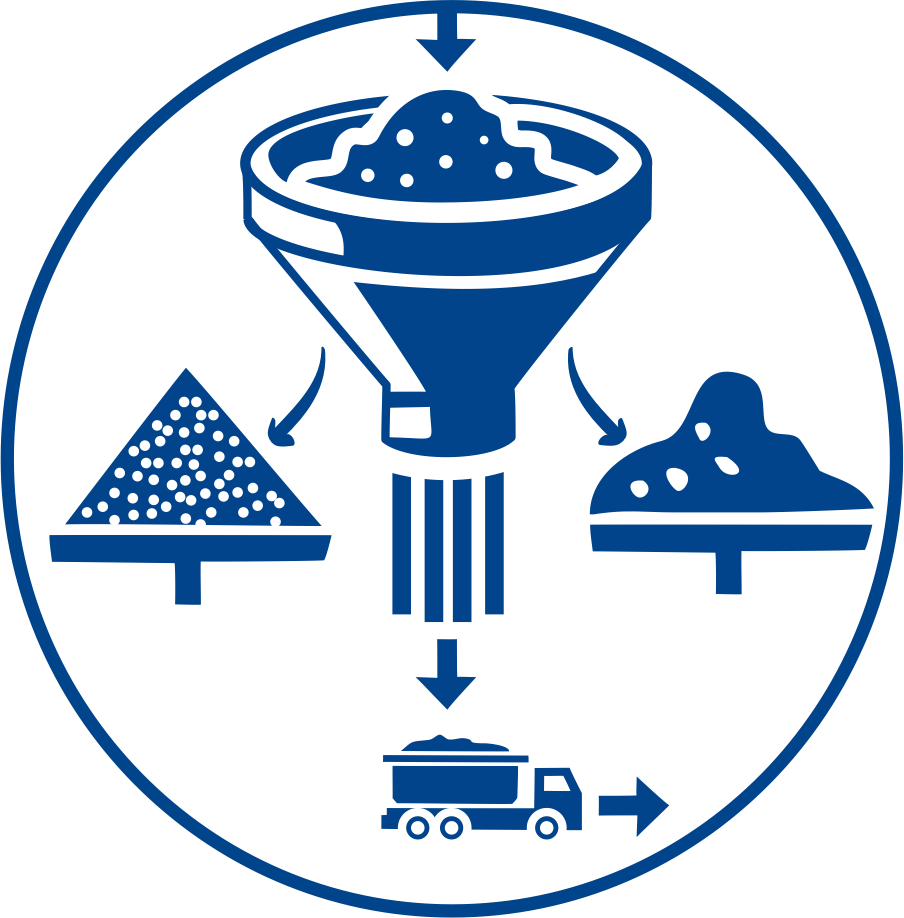Soil mixing
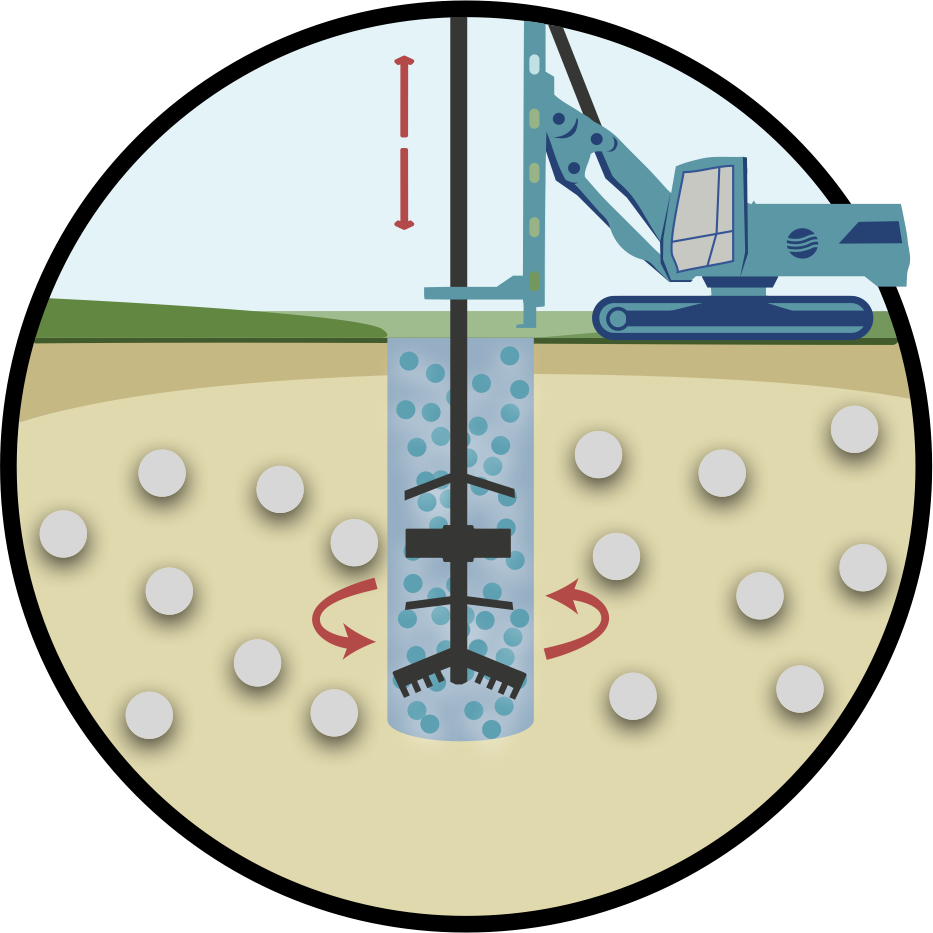
- Economical and flexible in geotechnical and in site remediation applications
- Quiet and relatively free of vibrations and of surface spoils
- Quick implementation with no shoring nor dewatering necessary
- Columns can be installed in a variety of grid patterns
- Soft soils
- Non-cohesive soils
- High-moisture soils
- Can treat soils up to 30 m (from surface)
- Bearing pressure of up to 400 kPa SLS
- Single or multiple augers of various diameters can be utilized
Soil mixing in the context of soil remediation is a technology that involves physically mixing contaminated soils with reactive or stabilizing agents. The blending action breaks up any soil stratifications (ex.: clay) and creates a uniform and homogeneous soil blended soil column. At REMEA, we can specially design amendment material to construct a PRB that serves to treat contaminated groundwater as it flows through the barrier.
Installation process
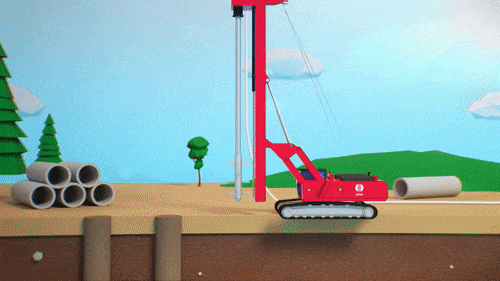
Reagents used to remediate the soil are injected through the hollow core of the boring tool from bottom to top. The blending process works on the entire soil profile, thus eliminating any stratifications.
Deep soil mixing involves the use of a single, dual or triple circular paddle mixing toll which installs columns to more than 20m. Auger diameter can be of a wide range of geometry and diameters (0.1m to >2m). Depending on the application, columns can be installed to form a continuous row, in a cell pattern, or can be used for mass treatment.
Blending the Soil Column
Video to visualize how soil mixing can be used to break up soil stratifications and greatly enhance the contact between reagent and contaminant.
Grid patterns
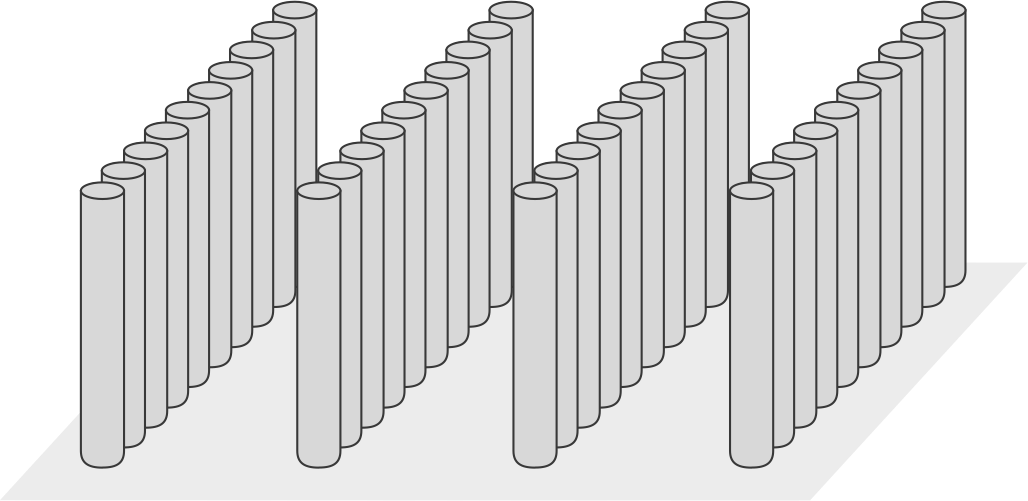
Wall-type
A wall-type installation is typically only used when installing a permeable reactive barrier to target and remediate a contaminant plume as it moves away from the source zone.
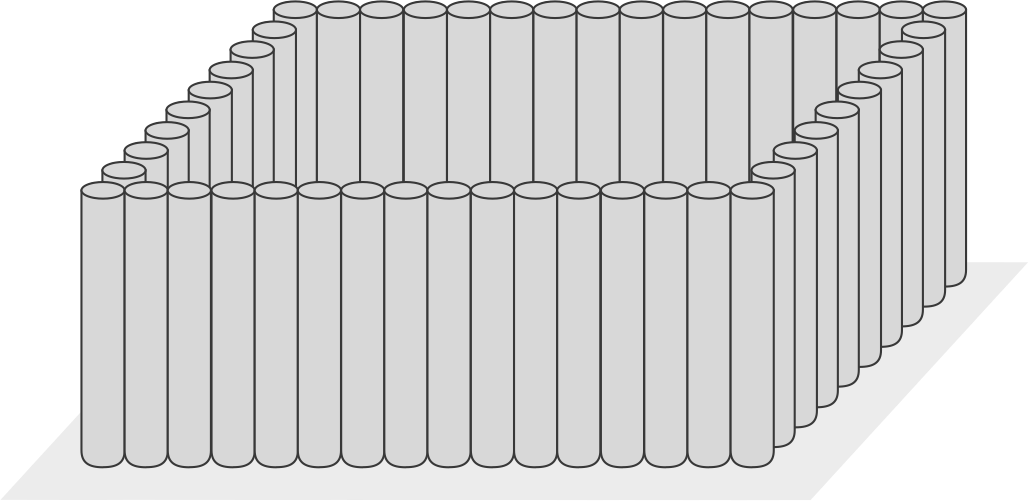
Cellular-type
Also known as in-situ stabilization (ISS), is a preventative measure used to contain (or stop) the spreading of contaminants from the source zone. ISS often involves addition (or mixing) of a stabilizing agent to the soil matrix and often used as cut-off walls.
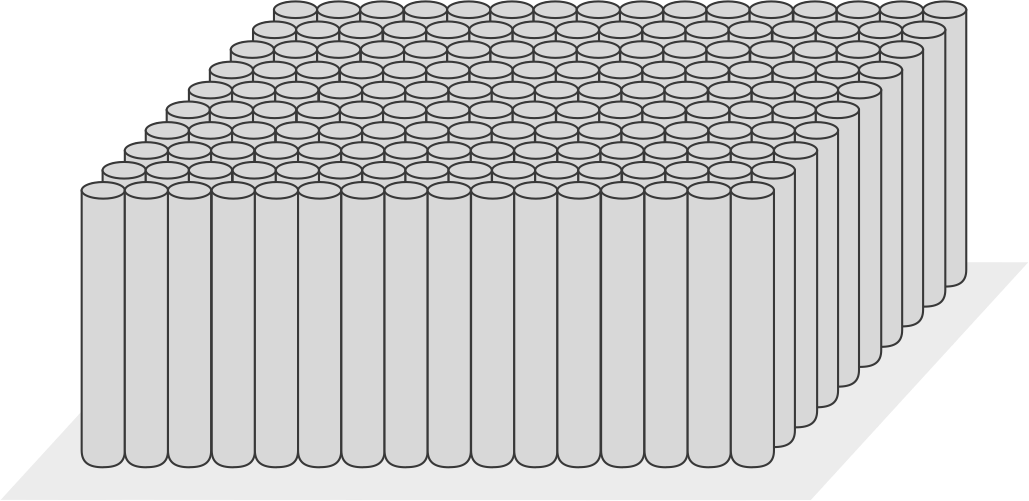
Mass-type
Mass (or shallow) soil mixing is typically limited to a depth of 5m since it is performed with a bladed rotary mixing tool that is attached to the arm of an excavator. Rather than columns, the mixing is performed in linear panels that are overlapped to result in mass or full treatment of the improved zone.
Applications
During a site remediation process, soil mixing is used to reduce soil and groundwater pollution by mechanically forcing contact between reagents and contaminants. Depending on the selected reagent, this results in treatments that neutralize, demobilize, or confine pollutants that are present in the soils.
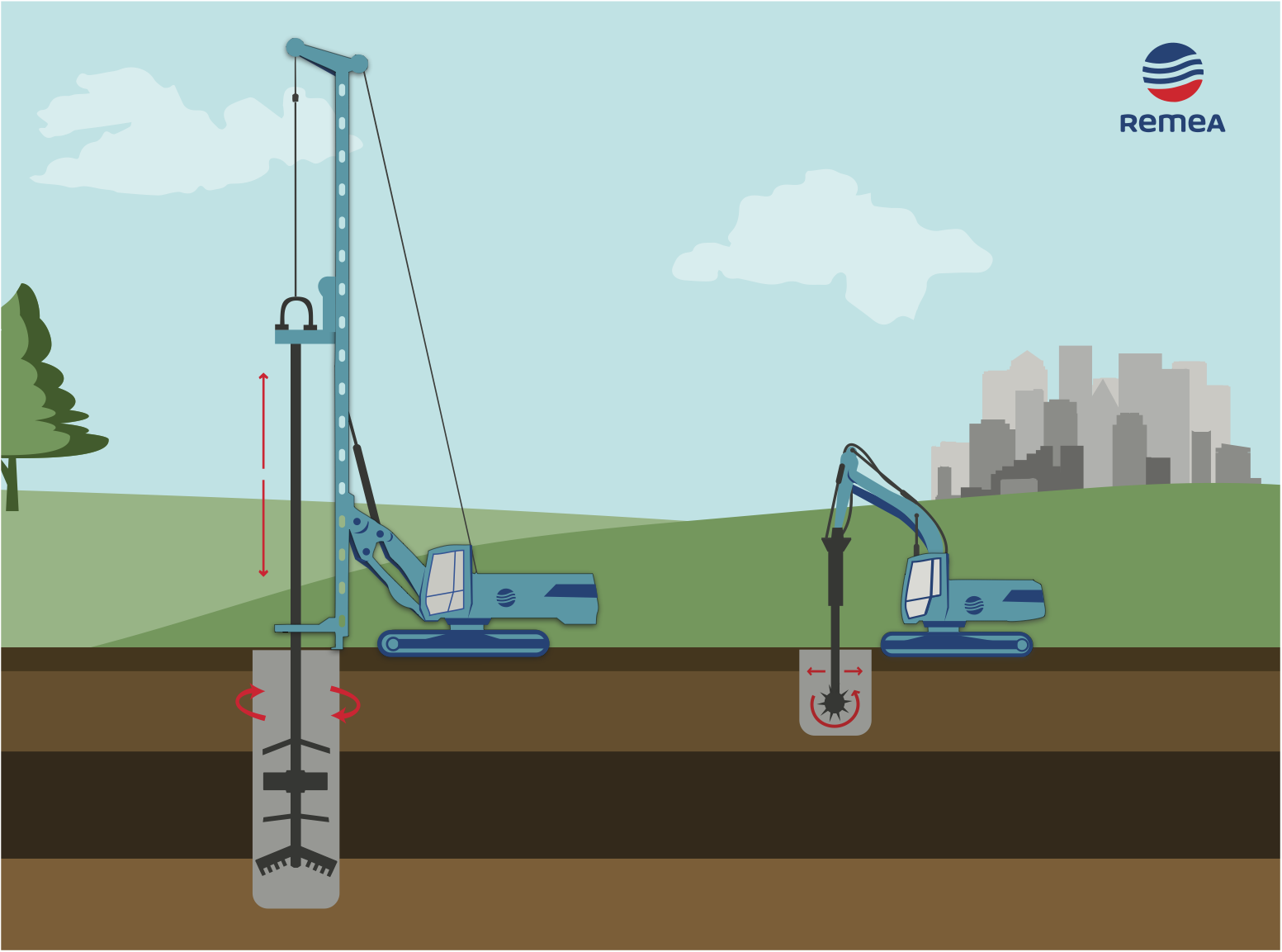
See how our mixing rigs can be used for
Frequently asked questions (FAQs)
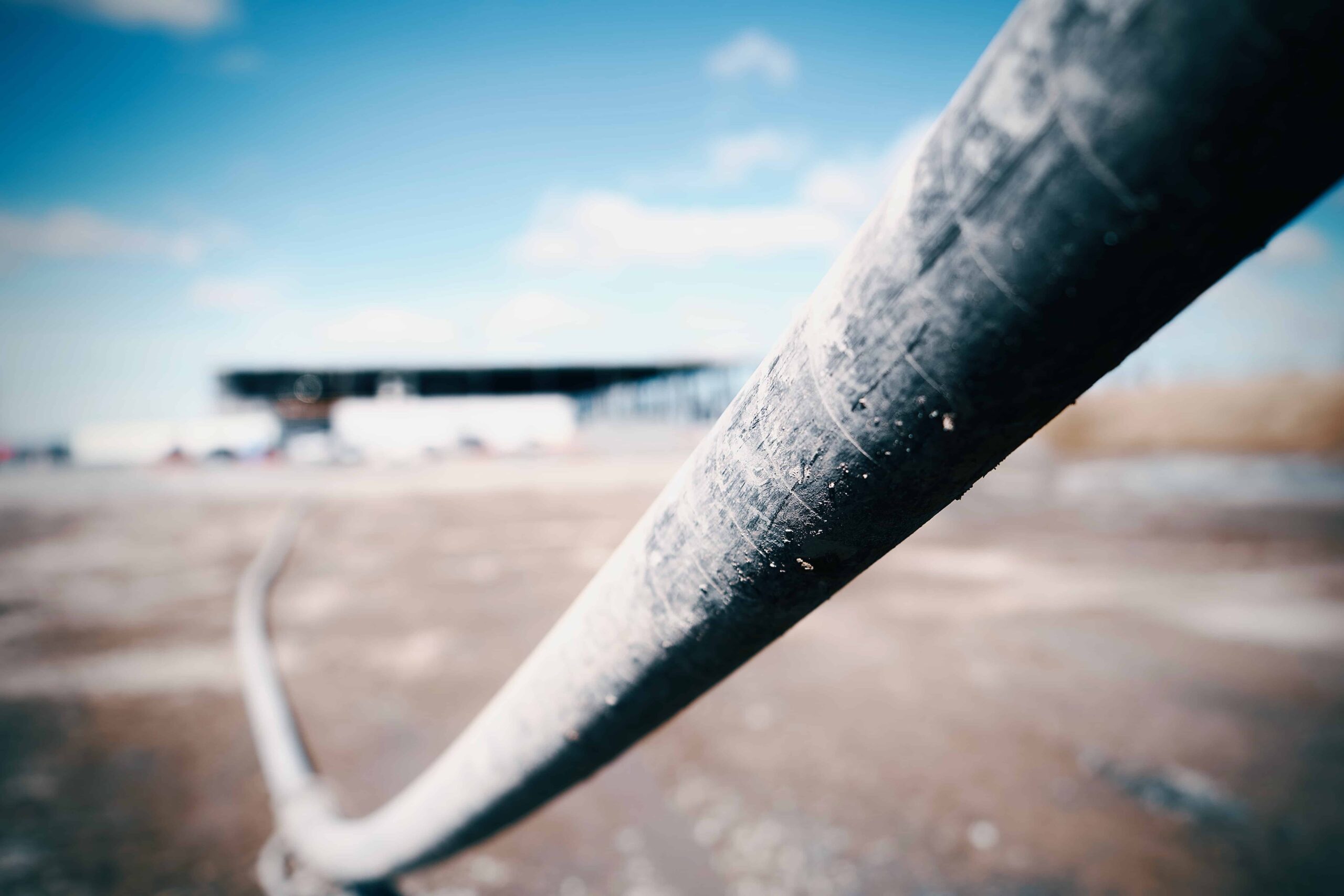
Injection of remedial agents into the soil subsurface is the most common in-situ remedial approach used in Canada… and with reason. In most cases, site injection will yield desired results for a low cost.
There are, however, some sites where risk of gaps ‘breakthrough’ contaminations are simply not an option that can be considered. This is where physical mixing of the contaminated soil with remedial agents will yield best results.

